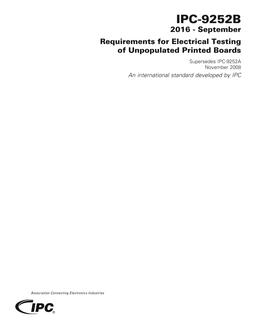
ASME STP-PT-022 – Comparison and Validation of Creep-Buckling Analysis Methods
This report provides comparisons of creep-buckling calculations and provides guidance onapproximate methods which are feasible for design. This report includes a discussion of the variouscreep models, presents creep buckling analysis techniques, and provides several comparative examplecalculations.
The techniques discussed in this report include:
1. Baseline analysis. Finite element creep analysis with different creep models and full non-linearstrain-displacement (geometrical) analysis.
2. Critical strain technique. Elastic buckling strain defines the creep buckling strain.
3. Tangent/secant modulus approaches. Combinations of tangent and secant moduli of theisochronous stress-strain curve are used in calculations that reduce to elastic buckling calculationsin the elastic case.
4. Use of an isochronous stress-strain curve in a limit/instability analysis of the imperfect structure.An instability (buckling) analysis would be in principle the same as Technique 3, and shouldgenerate the same answer. Adding plastic collapse as a failure mode ensures that the yieldstrength of the structure is not exceeded. This analysis therefore reflects the failure modes whichare covered by the baseline technique.
Product Details
- Published:
- 09/03/2008
- ISBN(s):
- 9780791831748
- Number of Pages:
- 31
- File Size:
- 1 file , 1000 KB
- Note:
- This product is unavailable in Ukraine, Russia, Belarus




